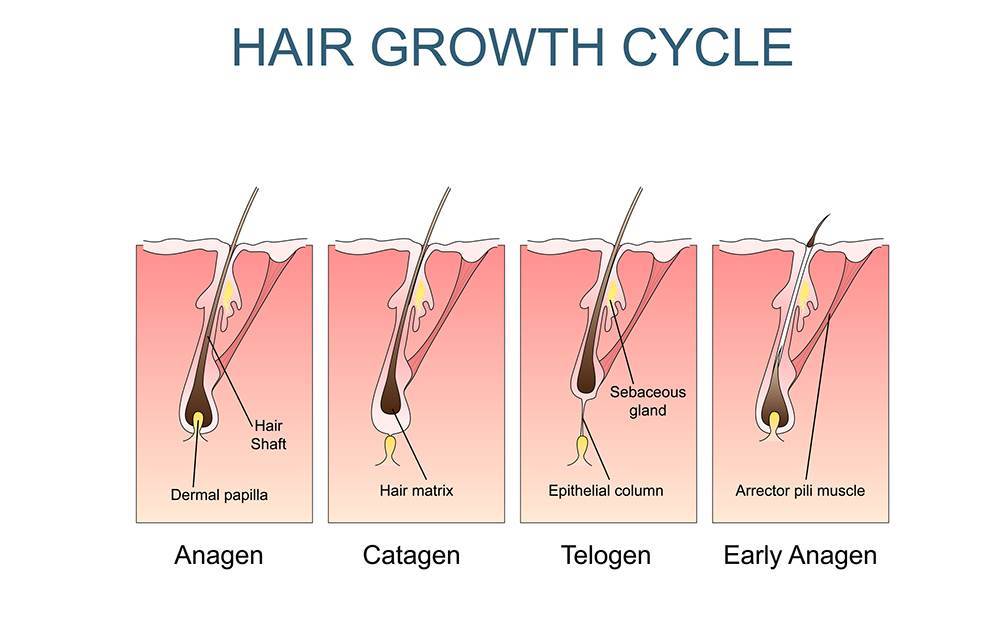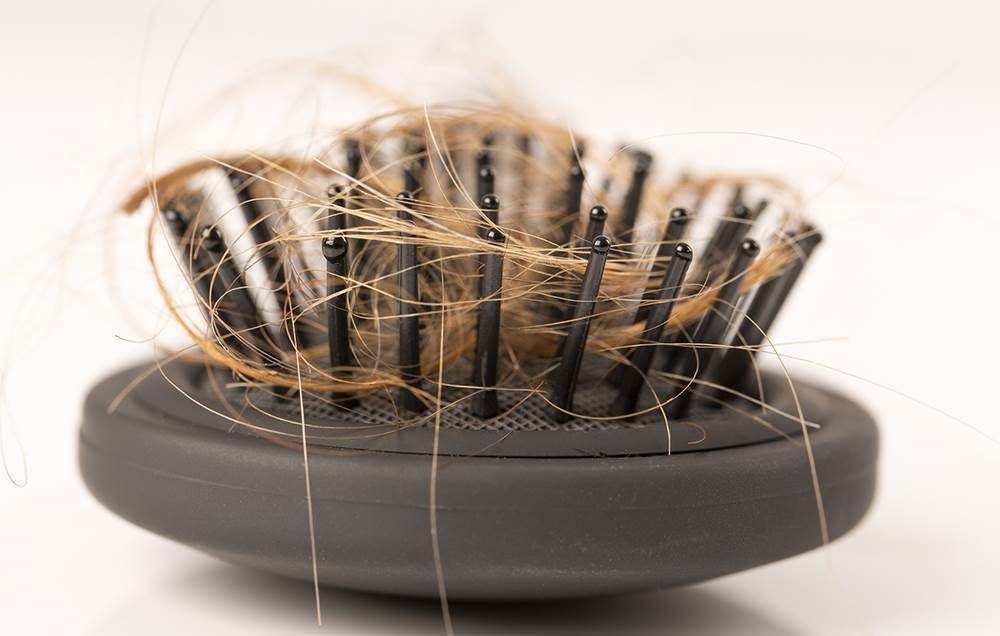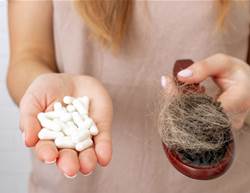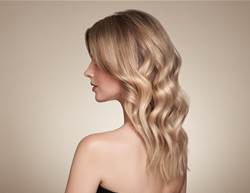While it's odd to think of yourself shedding hair in the summertime, it's a reality for many of us—especially those who live in a place that experiences big temperature swings this time of year.
What's going on? "When you have a major environmental change, so like right now when the temperature's going from the 10 to 30 in a day, that sudden change can shift more of your hair into what's called the telogen phase," says Dr Adam Friedman.
Friedman explains that this telogen hair phase is also known as the "death" phase, and it's completely normal. In fact, around 20% of your hair is in this death phase at any given time. That means it has stopped growing, and will soon fall out. "A healthy woman loses 150 to 175 hairs a day, while men lose a little less," Friedman says. Meanwhile, you're always making new hair.
But when the seasons transition and the weather goes through violent temperature swings, those shifts can place mild stress on your body. "That stress can force some of your hair from the growth or anagen phase into that telogen phase," Friedman explains.




Photograph by mrhighsky/Getty Images
How much will you lose?
First of all, your hair won't fall out immediately or all at once. It will take a couple months for the phase shift to result in hair loss. So while your body may have felt the temperature-induced stress in September and October, you may not notice your increased rate of hair loss until December or January, Friedman says.
Once it starts, the shedding could be over in a few weeks—or it could last the whole summer. "It's hair you would have lost anyway, but you're just losing it a little faster than you normally would have," he explains. "It's not going to be extreme, but it could be noticeable."
How noticeable? "At most, your hair density may reduce by 40%," Friedman says. "That's significant, but you'll never look bald." He adds that your hair may "just look a little thin for a while."
The story changes if you're predisposed to baldness. If that's the case, a weather-induced hair die-off could hasten that male- or female-patterned thinning as new hairs come back smaller or not at all, he says. So if baldness runs in your family, or if you notice an increased rate of loss when baldness was already a concern for you, see your doctor.
Photograph by Flavia Morlachetti/Getty Images
Other less-common causes
While that seasonal shift is the most common cause of summertime hair thinning, Friedman says some other warm-weather factors could affect your hair. "Hair is very touchy, so it doesn't take much to make it angry," he explains.
Excessive sun exposure is one concern. "It's not that common, but sun damage can cause hair fragility and breakage," he says. Also, if humid conditions are leading you to wash your hair more frequently—like once a day or more—all that shampooing could lead to increased breakage, especially if you're not using a conditioner to patch and protect your over-washed hair. (Swap the scrubbing for dry shampoo—your taxed hair will thank you. )
A sunburned scalp could also lead to skin inflammation, which in turn could increase your rate of hair die-off, Friedman says.
Photograph by BSIP/Getty Images
When to worry
If you see sudden bald spots, or experience any scalp itching, burning, pain or redness along with your increased rate of hair loss, talk to someone, Friedman says. Those symptoms could indicate a wide range of scalp issues, including psoriasis and alopecia areata.
Also, if your hair loss is accompanied by new joint pain, skin rashes, headaches or sudden and unexplained weight loss, those sorts of "systemic" issues need to be looked at. "All of those can be signs of a deeper problem," Friedman says. Thyroid conditions, lupus and polycystic ovary syndrome are all health problems for which hair loss is a warning sign.
Photograph by CatherineL-Prod/Getty Images
How long will it take to grow back?
If your summertime hair loss is the benign kind caused by a temperature swing, you can expect it to grow back in around 6 months.
"Nothing with your hair happens quickly," Friedman says. "So it will grow back, but it's not going to happen all at once."
Also, if you're wondering whether fall temperature swings could lead to the same kind of stress and die-off, the answer is yes. If that's the case, you may see your hair start to fill back in during in the fall—only to thin again in early winter.
"I don't want to scare people, because most of us wouldn't notice any of this," Friedman says. But if your hair is especially touchy, a year of wild temperature swings could lead to some less-than-ideal hair days.



.jpg&h=90&w=90&c=1&s=1)






